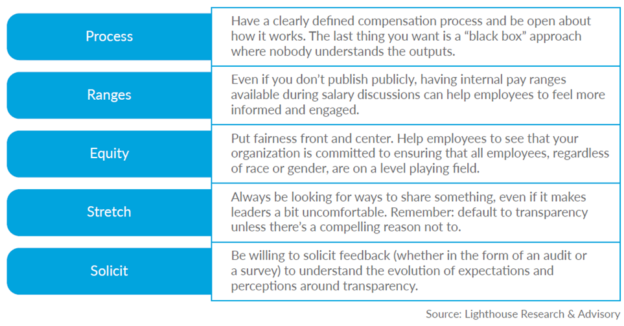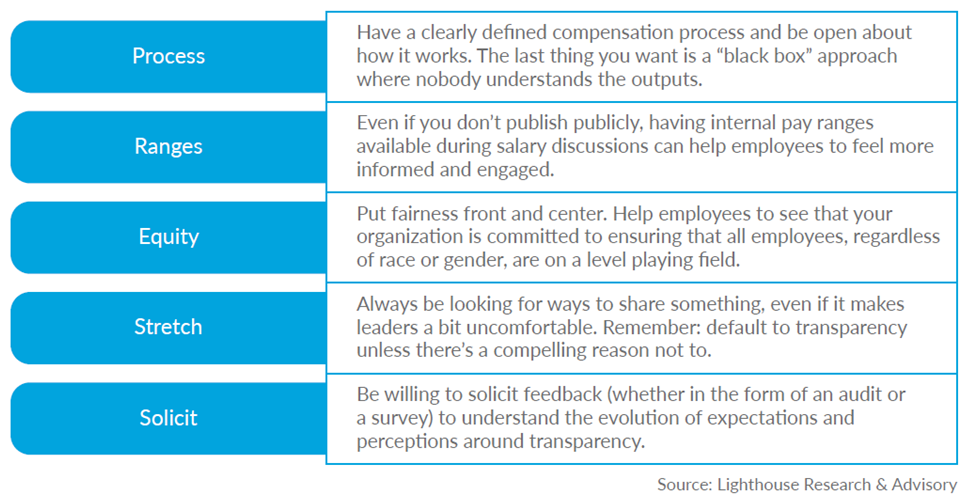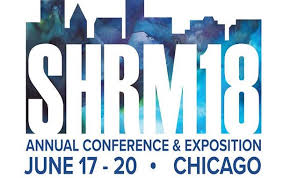It’s been quiet this week, because I’ve been finishing up the final round of edits on my book that comes out later this year. Yesterday I turned in what I think is the 99.99% version to the editor (you never quite get that 0.01% from what I can tell).
I’ve learned a lot in this process, and obviously there’s still some ways to go with the publishing and marketing process. What I am very surprised by is how many people are signing up to learn about the book when it comes out. Whenever someone hears there’s a book coming out I always laugh and tell them I went for the broadly appealing topic that everyone can get behind: the impact of AI technology on the HR profession. :-)
Seriously, though, for you as an HR leader, this will be a great resource. And if you like my style of writing and the stories I tell, then you’ll love the book because it’s 64,000ish words of stories, examples, and case studies about how technology is changing HR (and how it’s not).
In the next year or two, if they haven’t already, the leaders of your business will be asking you about how artificial intelligence will impact the workforce, the industry, and the business itself. I wrote this book to help you answer that question. You’ll get real insight, cut through the hype, and be able to give credible guidance to your leadership.
I’m actively booking speaking events and keynotes on the topic, in case you might be interested in hearing me tell some of the stories and give some insight into how HR can be more human, not less, through the advent of new technologies.
Above all else, I am thankful for the 10,000+ of you that follow the blog, read here on a regular basis, and support me and my family. I’ve wanted to be an author for a very long time, and I have to be honest when I say this topic isn’t the one I imagined for my first book.
My local friends and colleagues know that on top of working on this book for the last 8 months (and researching it for another year before that) I am also the President of North Alabama SHRM this year. I volunteer because I like staying plugged in and because I love the opportunity to influence and support today’s HR leaders.
However, it’s been tough trying to balance both of those activities with the needs of four kids, the day job at Lighthouse, work travel, the additional projects I’ve been leading on the development of our new certification materials, the creation of our new training courses, and more. Put simply, this has been a tough year. Now I’m planning DisruptHR in Huntsville with my good friend Kristina Minyard and we’re even trying to revive HRevolution for the first time in years.
I think I’ve learned a few things. First of all, I’m bad at balancing everything. I have recently pulled back on some activities at church in an effort to reclaim some of my time. I’m about finished with the book, which has been a MAJOR chunk of my time. I am working with my board to plan our last few NASHRM events of 2018, which is one of the most time-consuming parts of being President (it shouldn’t be one of my tasks but I love programming too much to let it go!).
The other thing I’ve learned? I always have to have a few things cooking. Another publisher has already reached out asking if I’d be open to writing a book for them. I DO need a little break in between but I’ve already committed in my head to writing another book in the next year or two. I just love sharing at a deeper level and the idea of having a physical product in hand at the end of the process is exciting for some reason.
What were you supposed to get from today’s conversation? Not sure… But hopefully you are enjoying your holiday week as well. And next time we have a Wednesday holiday, can we all agree to take off the last half of the week to celebrate? :-) Enjoy your weekend!



